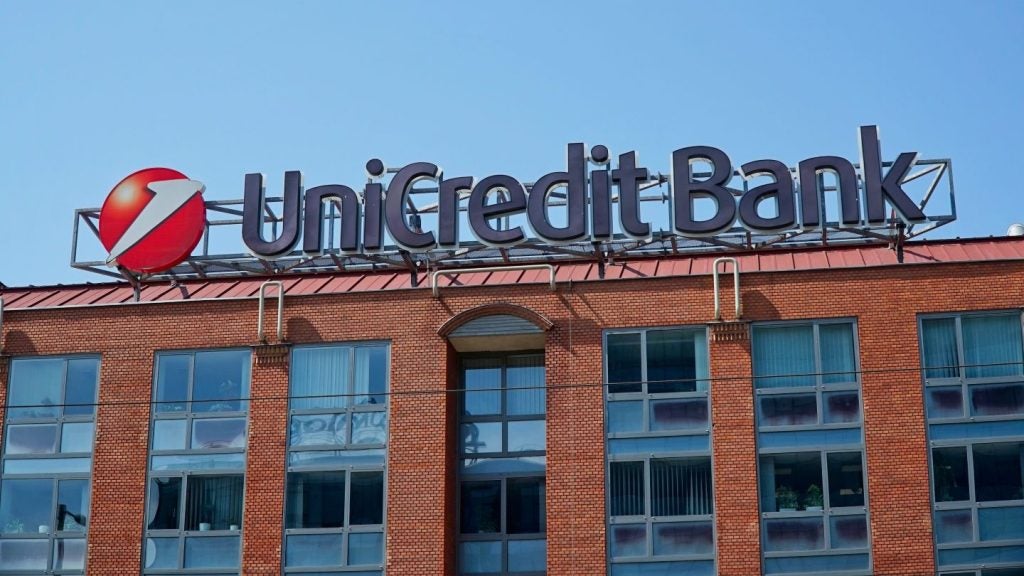Swedish bank Nordea and Norwegian lender DNB have completed the combination of their businesses in Estonia, Latvia and Lithuania, resulting in the creation of the third largest financial services provider in the Baltic region.
The deal, which was announced in August 2016, was closed after receiving all necessary regulatory approvals.
The combined entity, known as Luminor Bank, will have a deposit market share of 16% and lending market share of 23%.
The new group will include around 350,000 customers of Nordea and 930,000 customers of DNB across the Baltics. It will manage around €15bn in assets and employ nearly 3,000.
Nordea will own 56% of the economic rights and 50% of the voting rights in Luminor.
The bank eventually plans to list on a stock exchange, and harmonise its ATM network.

US Tariffs are shifting - will you react or anticipate?
Don’t let policy changes catch you off guard. Stay proactive with real-time data and expert analysis.
By GlobalDataLuminor CEO Erkki Raasuke said: “We are the only bank to focus solely on the Baltic countries. The rest are either Nordic banks who also operate in the Baltics or small banks who only operate on the local market. Our bank is deliberately very local.”






